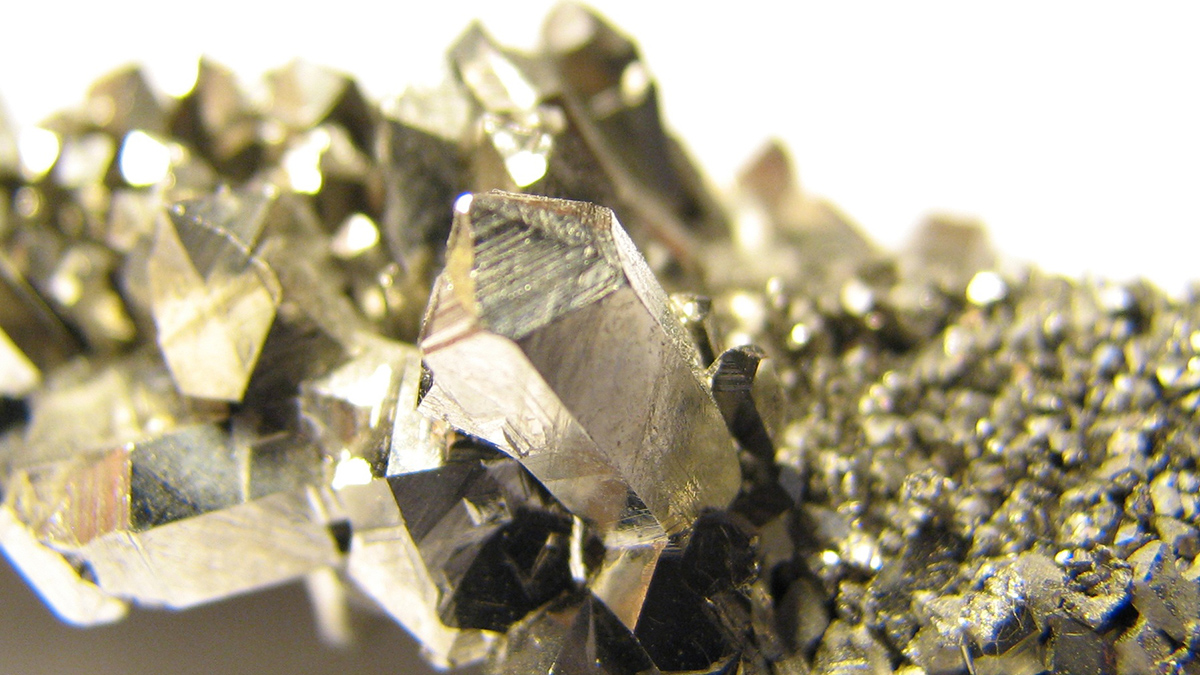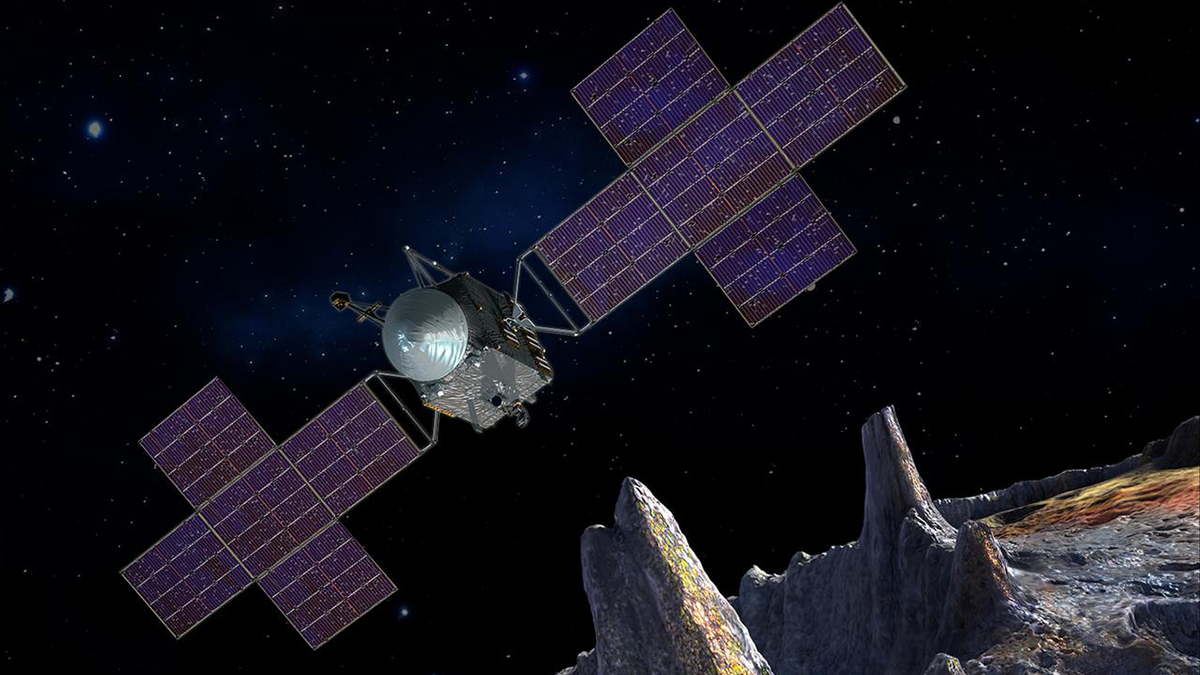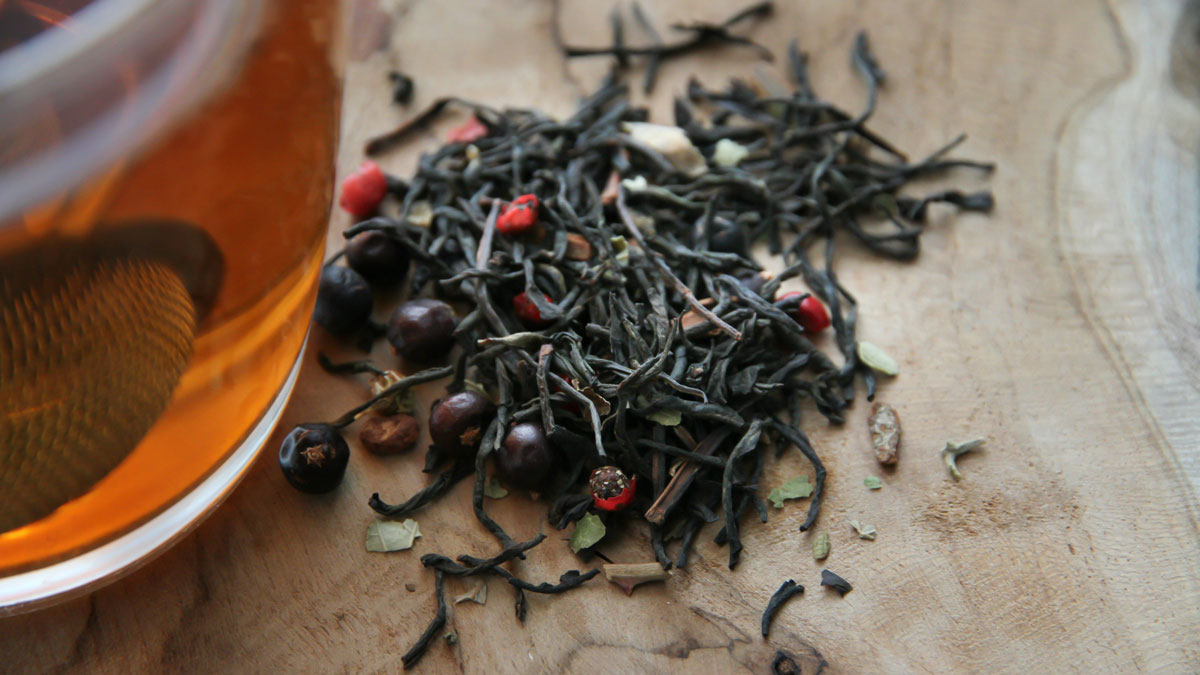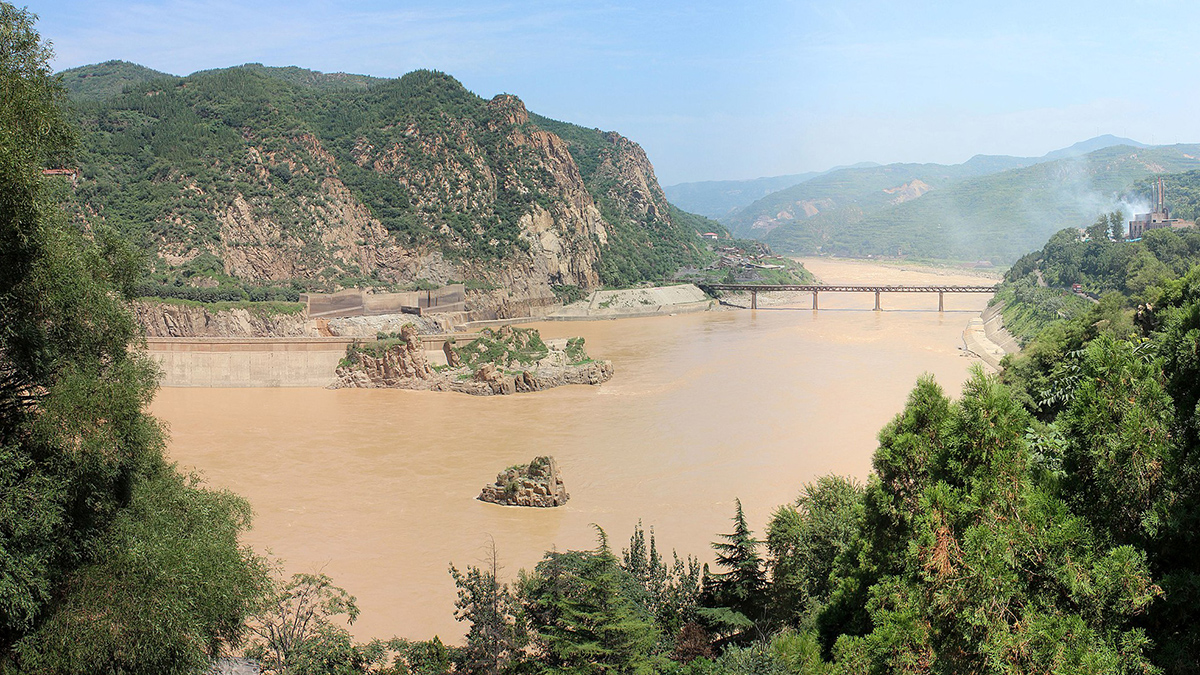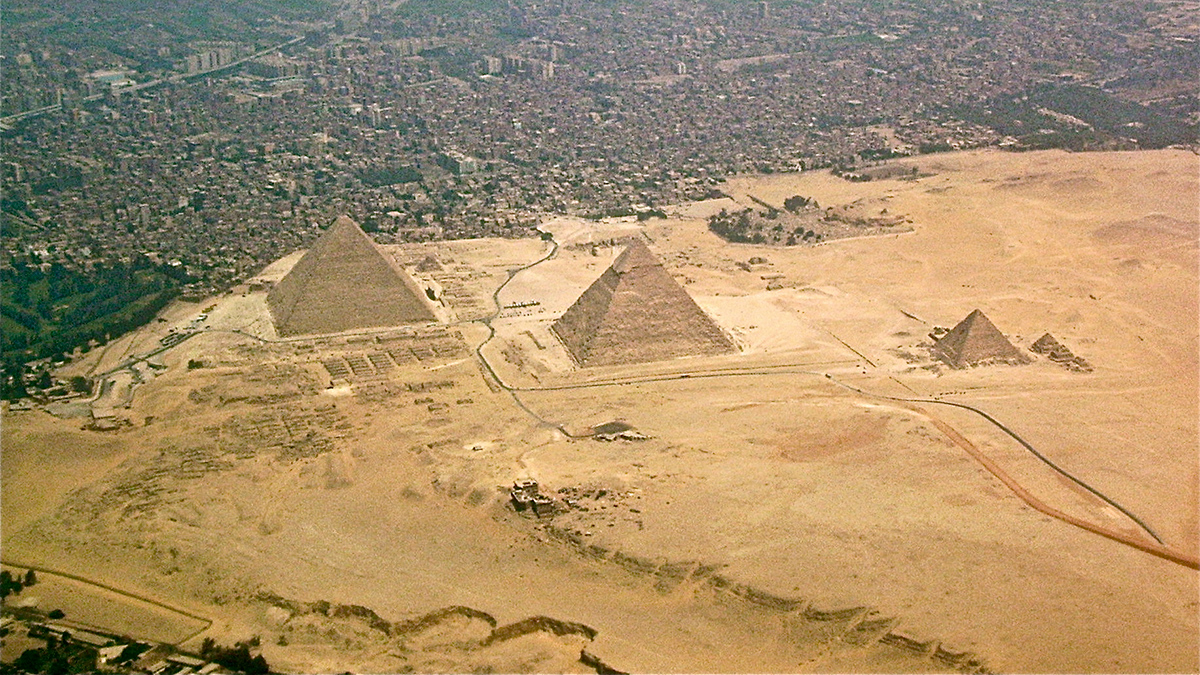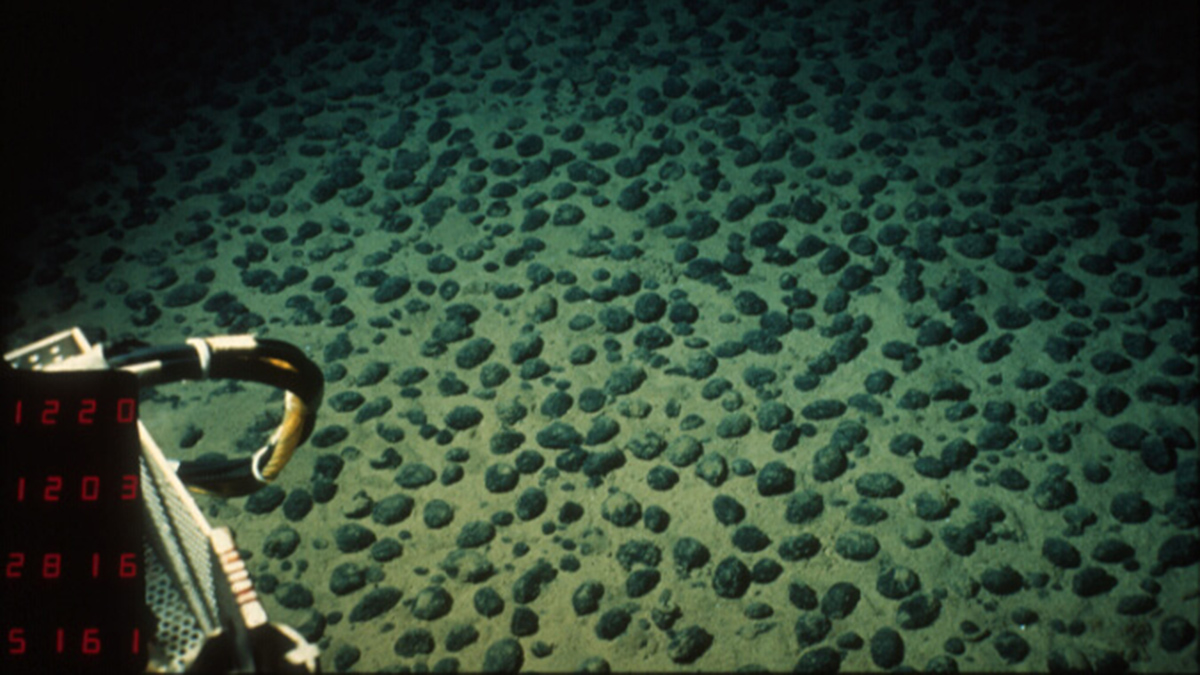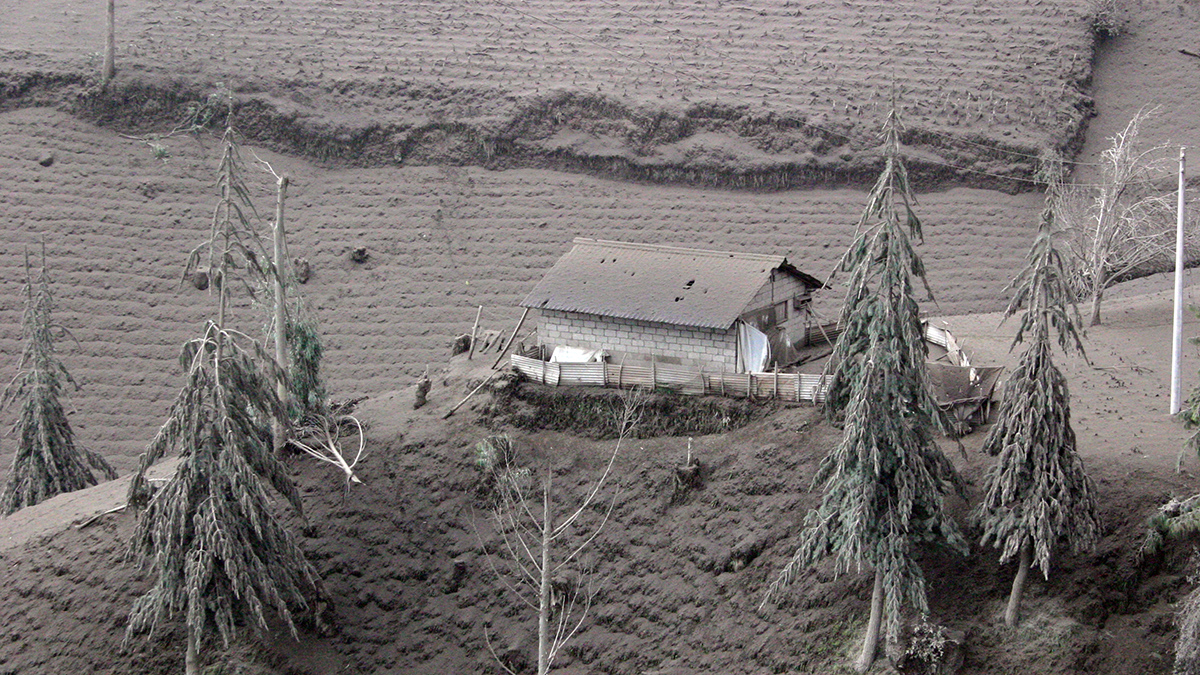A study of “weird” Australian rocks suggests stores of niobium rose to the surface during the breakup of the supercontinent Rodinia.
metals
Are There Metal Volcanoes on Asteroids?
Upcoming NASA observations may reveal whether ferrovolcanism shaped 16 Psyche’s metallic surface and hidden interior.
Tea Leaves Remove Lead from Water
Surface and chemical properties of tea leaves may help explain the correlation between tea consumption and lower incidences of heart disease, high blood pressure, and stroke.
Tracing Metals from Earth to Water to Life in the Yellow River
The mix of metals in China’s Yellow River stays relatively similar as it moves from the upper continental crust to biological life.
Iron-Rich Volcanoes Hold Hidden Rare Earth Element Reserves
Experiments show how concentrations of rare earth elements, critical to the green energy transition, might be hiding in plain sight in iron-rich deposits around the world.
Encuentran contaminación por cobre de 5,000 años de antigüedad cerca de las pirámides
Una nueva investigación geoarqueológica demuestra que la metalurgia en el antiguo Egipto provocó una importante contaminación en un puerto cercano.
The Unexpected Role of Magnetic Microbes in Deep-Sea Mining
A new study highlights the co-occurrence of magnetic bacteria and polymetallic nodules and may offer insights into how the mineral-rich nodules form on the ocean floor.
5,000-Year-Old Copper Pollution Found near the Pyramids
New geoarchaeological research shows that metalworking in ancient Egypt led to significant contamination in a nearby port.
Toxic Metal on the Rise in the Baltic Sea
Postwar reconstruction is likely the cause of elevated thallium levels, but low-oxygen, high-sulfide conditions keep the material, which is extremely dangerous to mammalian health, from moving into the human food chain.
Cómo el volcán Tungurahua arrojó metales pesados en el suministro alimentario de Ecuador
Cuando el volcán Tungurahua de Ecuador entró en erupción múltiples veces entre 1999 y 2016, las comunidades agrícolas cercanas fueron cubiertas por ceniza, la cual dejó metales pesados en sus cultivos.

